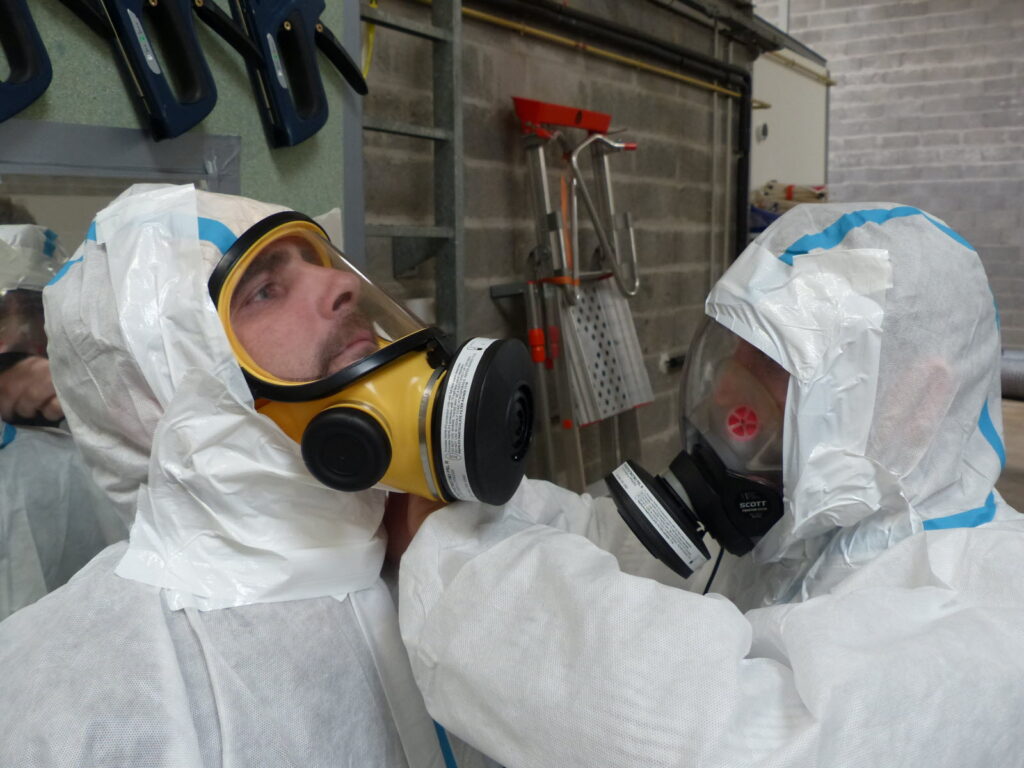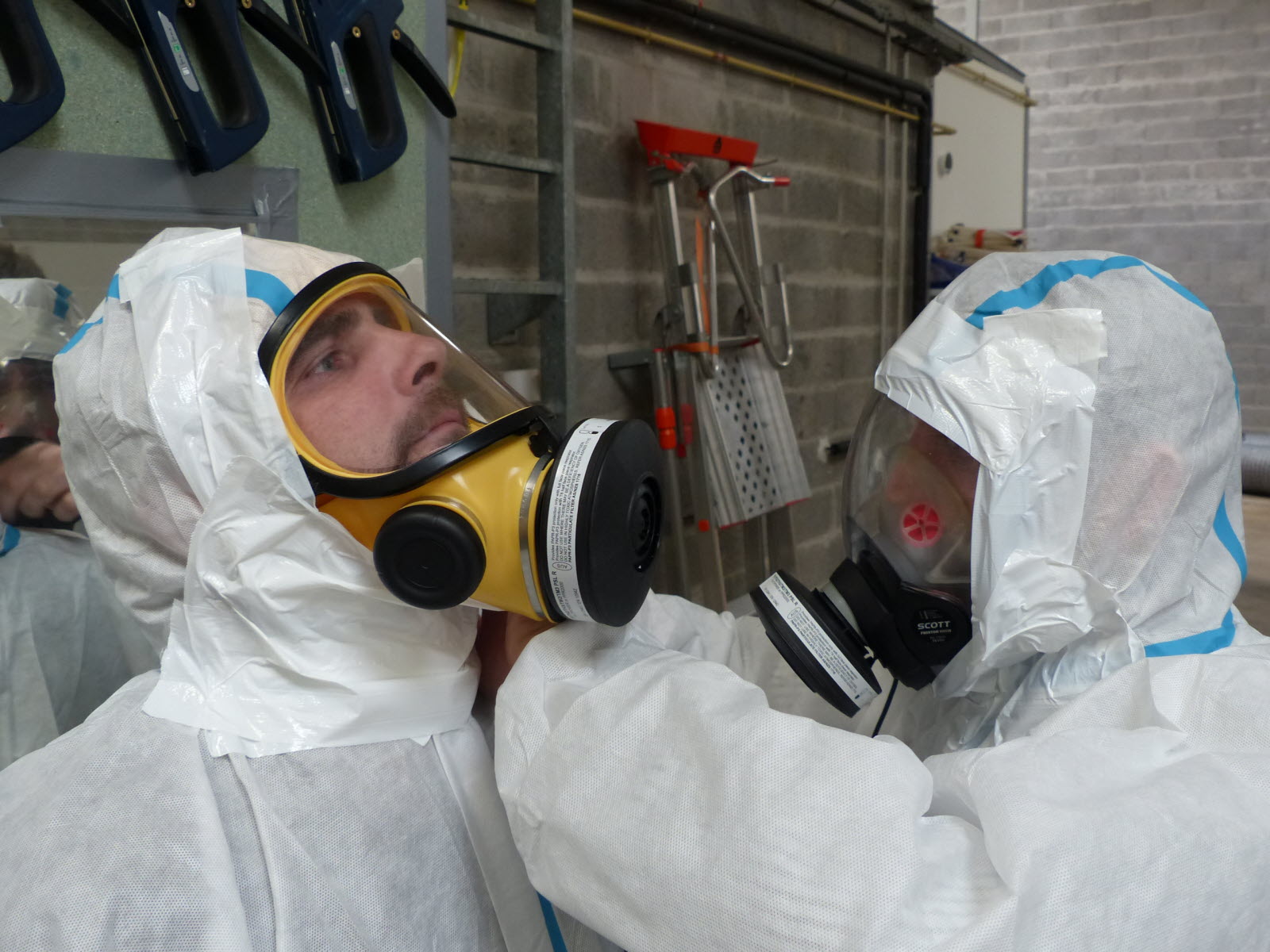
Asbestos Mask: Understanding Protection and Safety Measures
Asbestos, a naturally occurring mineral, was once widely used in construction and manufacturing due to its heat resistance, strength, and insulating properties. However, prolonged exposure to asbestos fibers can lead to serious health problems, including asbestosis, lung cancer, and mesothelioma. Therefore, when dealing with materials that may contain asbestos, wearing an asbestos mask is crucial for personal protection. This article aims to provide a comprehensive understanding of asbestos masks, their types, proper usage, and safety measures.
What is an Asbestos Mask?
An asbestos mask, more accurately termed a respirator, is a personal protective equipment (PPE) designed to filter out airborne asbestos fibers. These fibers, when inhaled, can become lodged in the lungs and cause severe respiratory diseases. The primary function of an asbestos mask is to prevent the inhalation of these hazardous particles, thereby minimizing the risk of asbestos-related illnesses.
Types of Asbestos Masks
There are several types of respirators suitable for asbestos protection, each offering varying levels of protection. The selection of an appropriate asbestos mask depends on the specific work environment and the concentration of asbestos fibers present.
Half-Face Respirators
Half-face respirators cover the nose and mouth, providing a tight seal against the face. They use replaceable filters to capture airborne particles. These respirators are suitable for environments with relatively low concentrations of asbestos fibers. It is essential to use filters specifically designed for asbestos, typically P100 or N100 filters, which are highly efficient at capturing small particles.
Full-Face Respirators
Full-face respirators provide a higher level of protection compared to half-face respirators. They cover the entire face, including the eyes, offering protection against both inhalation and eye irritation from asbestos fibers. Full-face respirators are recommended for environments with moderate to high concentrations of asbestos fibers. Like half-face respirators, they use replaceable filters compatible with asbestos protection standards.
Powered Air-Purifying Respirators (PAPRs)
PAPRs use a battery-powered blower to draw air through filters and supply purified air to the user. This type of asbestos mask offers a higher level of comfort and protection, particularly for extended periods of work. PAPRs are suitable for environments with high concentrations of asbestos fibers or for individuals who have difficulty breathing with traditional respirators. They are often used in asbestos abatement projects.
Supplied-Air Respirators (SARs)
SARs provide clean air from an external source through a hose connected to the respirator. This type of asbestos mask is used in environments with extremely high concentrations of asbestos fibers or in confined spaces where adequate ventilation is lacking. SARs offer the highest level of protection but require a compressed air supply and proper training for safe use.
Choosing the Right Asbestos Mask
Selecting the correct asbestos mask is crucial for ensuring adequate protection. Consider the following factors when choosing a respirator:
- Concentration of Asbestos Fibers: Assess the level of asbestos fibers in the work environment. Higher concentrations require respirators with higher protection factors.
- Fit: Ensure the respirator fits properly and forms a tight seal against the face. A poor fit can allow asbestos fibers to leak into the mask.
- Comfort: Consider the comfort of the respirator, especially for extended periods of use. A comfortable mask will encourage consistent use and better protection.
- Certification: Verify that the respirator is certified by a reputable organization, such as NIOSH (National Institute for Occupational Safety and Health) in the United States or equivalent regulatory bodies in other countries.
- Maintenance: Understand the maintenance requirements of the respirator, including filter replacement and cleaning procedures.
Proper Use of an Asbestos Mask
Using an asbestos mask correctly is essential for maximizing its effectiveness. Follow these guidelines for proper usage:
- Fit Testing: Before using a respirator for the first time, undergo a fit test to ensure a proper seal. Fit testing should be conducted by a qualified professional.
- Donning the Mask: Ensure the face is clean-shaven to allow for a tight seal. Place the respirator over the nose and mouth (or entire face for full-face respirators) and adjust the straps for a snug fit.
- Seal Check: Perform a seal check each time the respirator is donned. Inhale and exhale gently while blocking the exhalation valve. If the mask collapses slightly upon inhalation or bulges slightly upon exhalation, the seal is adequate. Adjust the straps if necessary.
- Filter Replacement: Replace filters regularly according to the manufacturer’s instructions or when breathing becomes difficult. Used filters should be disposed of properly as asbestos-containing waste.
- Cleaning: Clean the respirator after each use with mild soap and water. Allow it to air dry completely before storing it in a clean, dry place.
Safety Measures When Working with Asbestos
In addition to wearing an asbestos mask, other safety measures should be implemented when working with asbestos-containing materials:
- Asbestos Awareness Training: Workers should receive comprehensive training on the hazards of asbestos and proper handling procedures.
- Engineering Controls: Use engineering controls, such as local exhaust ventilation and wet methods, to minimize the release of asbestos fibers into the air.
- Personal Protective Equipment (PPE): Wear other appropriate PPE, such as disposable coveralls, gloves, and eye protection.
- Decontamination Procedures: Follow strict decontamination procedures to prevent the spread of asbestos fibers. This includes showering after work and properly disposing of contaminated clothing and equipment.
- Medical Surveillance: Undergo regular medical examinations to monitor for any signs of asbestos-related diseases.
Regulations and Standards
Many countries have regulations and standards governing asbestos exposure and the use of asbestos masks. In the United States, OSHA (Occupational Safety and Health Administration) sets permissible exposure limits (PELs) for asbestos and requires employers to provide appropriate respirators and training to employees who may be exposed. It is important to comply with all applicable regulations and standards to ensure worker safety.
The Importance of Proper Disposal
The safe disposal of asbestos masks, filters, and other contaminated materials is crucial to prevent further exposure. These items should be treated as hazardous waste and disposed of according to local, state, and federal regulations. Contact a certified asbestos abatement contractor for proper disposal procedures.
Recent Advances in Asbestos Protection Technology
Ongoing research and development are continually improving asbestos mask technology. Newer respirators are being designed with enhanced comfort, better filtration efficiency, and improved fit. Additionally, advancements in materials science are leading to the development of lighter and more durable respirators.
The Human Cost of Asbestos Exposure
The dangers of asbestos exposure are well-documented, with thousands of people diagnosed with asbestos-related diseases each year. These diseases can cause significant suffering and often lead to premature death. Wearing an asbestos mask and following proper safety procedures is a critical step in protecting workers and preventing these devastating illnesses. The use of an asbestos mask is not just about compliance; it’s about safeguarding lives and ensuring a healthier future for all.
Conclusion
Protecting yourself from asbestos exposure is paramount when working with materials that may contain asbestos. An asbestos mask, used correctly and in conjunction with other safety measures, can significantly reduce the risk of developing asbestos-related diseases. Understanding the different types of respirators, proper usage, and relevant regulations is essential for ensuring a safe working environment. Prioritize safety and protect your health by always using the appropriate asbestos mask and following established safety protocols. Remember, the long-term health consequences of asbestos exposure can be severe, making preventative measures like wearing an asbestos mask indispensable.
Always consult with safety professionals and follow local regulations to ensure the best protection against asbestos. [See also: Asbestos Abatement Procedures] [See also: Identifying Asbestos Containing Materials] [See also: Legal Rights After Asbestos Exposure]

